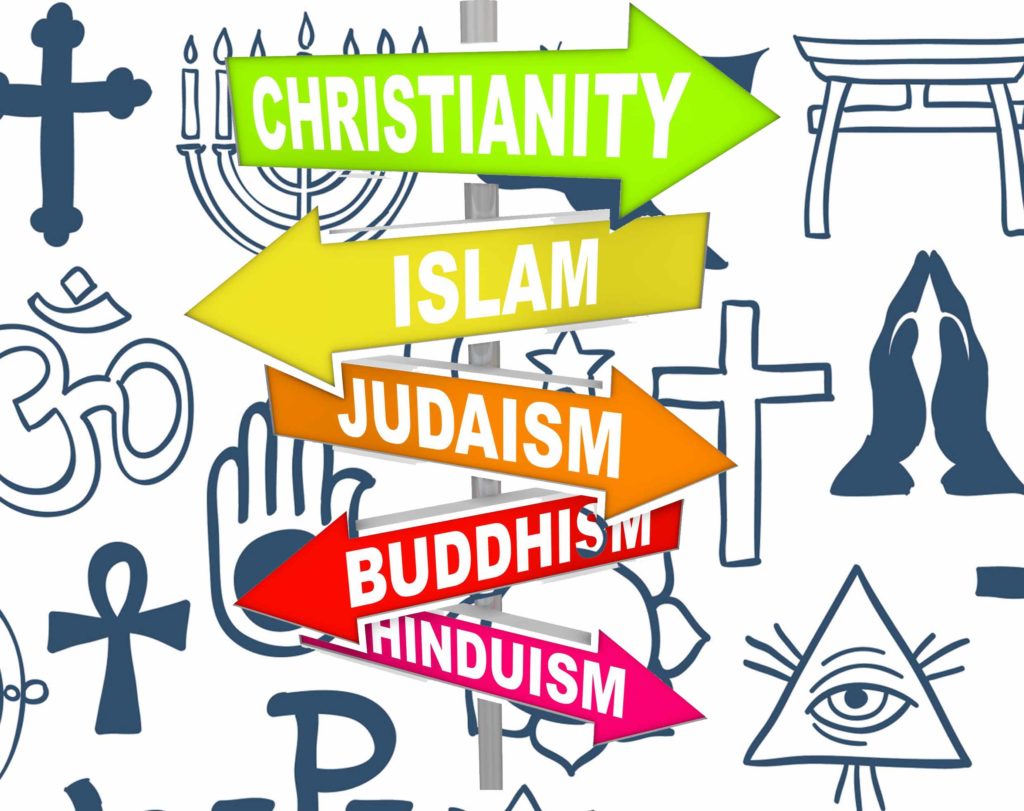Buddhism
Jainism and Buddhism represented protest against the Vedas and the Upanishads of the Hindus. Nevertheless, the two new religions and Hinduism lived side by side in India, down to ninth century CE. Eventually Buddhism lost ground in India, but spread to Sri Lanka, China, Japan, Mongolia, Korea, Thailand, Cambodia, Vietnam and Myanmar. The famous Indian emperor Asoka (273-236 BCE) had much to do with this spread. Now, Buddhists represent 7-8% of the world’s population, the largest number are in China (about 250 million). In India, the birth place of Buddhism, the number of Buddhists is about 8.5 million.
Buddhism is a religion and dharma that encompasses a variety of beliefs and spiritual practices largely based on the teachings of Siddhartha Gautama (563-483 BCE). Two major branches of Buddhism are recognized by scholars: Theravada (Pali- the School of Elders) and Mahayana (Sanskrit-The Great Vehicle).
Buddhist Texts
Buddhism, like all Indian religions, was an oral tradition in ancient times. The first Buddhist canonical texts were likely written in Sri Lanka, after 400 years after the Buddha died. The texts were first of the Tipitakas (three baskets), and many version appeared there after claiming to be the words of the Buddha. There is no consensus among the different Buddhist traditions as to what constitutes the scriptures or a common canon in Buddhism. The Pali Tipitaka refers to the Vinaya Pitaka, the Sutta Pitaka, and the Abhidamma Pitaka. They were written between 350 BCE and 90 BCE.
The Four Noble Truths
The Four Truths express the basic orientation of Buddhism:
1-Dukkha (suffering)
Suffering exist where there is life.
2-The cause of suffering is desire
The cause of suffering, leading to endless rebirths, is desire (ichha), craving (tanha) and, thirst (tisna): the thirst for things, immortality, sensual pleasure, and worldly possession and power.
3-Release from pain can be achieved only by abandoning desire and non-attachment to things of the world.
4-The last truth concerns the way out of this suffering and rebirth.
To avoid the circle of suffering and rebirth, Buddhism prescribes, what is known as the Noble Eightfold Path.
- Right view
- Right intention
- Right speech
- Right action
- Right livelihood
- Right effort
- Right mindfulness and
- Right concentration
Buddhist Ethics (Sila)
It includes the Five Precepts for the lay people.
- Absent from killing(ahimsa);
- Abstain from stealing;
- Abstain from sexual misconduct;
- Abstain from lying;
- Abstain from drugs and alcohol.
The precepts are not commandments and transgressions do not invite religious sanctions. Devotion is an important part of the practice of Buddhism. Devotional practices include ritual prayer, prostration, offerings, chanting and pilgrimage.
Buddhism had a profound and permanent influence on Hinduism. It was from Jainism and Buddhism that Hindu acquired their respect for animal life and the concept of Ahimsa. The prohibition against eating meat is not Vedic in origin, but Buddhist. In some respect the Bhagavad Gita was composed to counter the influence of Buddhism on the Indian people.

